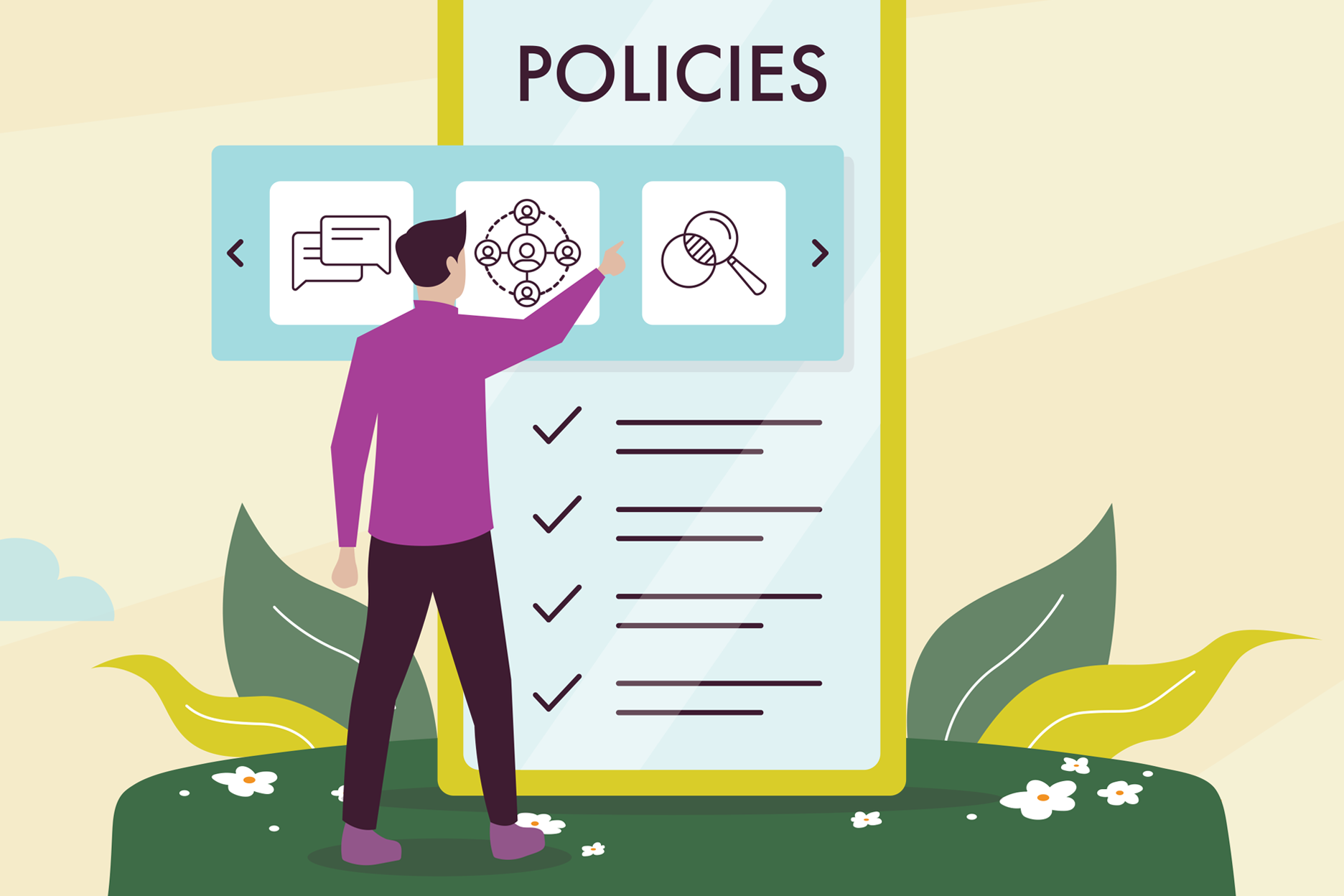PEO LEADERS WILL NEED TO STAY NIMBLE IN THE POST-CHEVRON ERA: 5 STEPS TO SUCCESS
August 2024
The Supreme Court’s recent landmark ruling that gives employers a powerful tool to fight back against regulatory overreach will have a broad impact on just about every area of workplace law – and every industry. We’re looking at the way industries will be specifically impacted now that federal agency rules and positions are more susceptible to attack after SCOTUS ditched the decades-old Chevron doctrine. This edition will focus on how the new standard will affect the PEO community, and provide five steps that PEO leaders can take to stay ahead of the curve.
What Happened?
SCOTUS rocked the legal world on June 28 when it overturned the famous Chevron doctrine, holding that that courts may not defer to an agency’s interpretation of the law just because it might be ambiguous. Instead, from now on, the Supreme Court said that judges “must exercise their independent judgment” when ruling on cases involving agency rules, regulations, guidance, or other actions. You can read all about it here, including all the different ways that the workplace law landscape may soon change.
This signifies a major shift, putting much more oversight and accountability in the hands of judges. You may be thinking that giving courts more power to strike down regulations issued by an overreaching agency is a good thing. There is, however, a dark side.
The regulations that protect or enable PEOs are equally vulnerable to court challenges. We may soon see organized labor and other pro-employee groups go on the offense by attacking such rules. And not every agency action will be susceptible to the same kind of attack, as the laws that created the agencies and gave them power to issue rules are all a little different – meaning each agency has a different amount of discretion to act on their own. This patchwork of standards when it comes to challenging federal regulators will only lead to more uncertainty. And because the PEO business model is built on legal doctrine, a dynamic and unpredictable regulatory environment presents a greater risk to your industry than other businesses.
PEOs Can Celebrate A Few Good Changes
Enhanced Legal Challenges: PEOs can now more effectively challenge federal agency rules and actions that they believe overstep statutory bounds. This provides an opportunity to push back against overly burdensome regulations that could hinder business operations. The main rule that probably comes to mind is the NLRB’s broad joint employment rule (which is already facing a shaky future after a lower court struck it down in March).
Greater Judicial Oversight: The increased scrutiny from courts may lead to more consistent and predictable regulatory interpretations, reducing the risk of sudden regulatory changes based on agency discretion.
But There Are Potential Roadblocks Ahead
Regulatory Uncertainty: The transition away from the Chevron doctrine may lead to a period of regulatory flux, as courts reassess existing agency interpretations. This uncertainty can complicate compliance efforts and strategic planning for PEOs.
Inconsistent Jurisdictions: Without a uniform deference standard, different courts in different states may interpret statutes in varied ways, creating a patchwork of compliance requirements across the country. This, of course, can be challenging for PEOs operating across multiple states.
5 Practical Tips for PEO Leaders
We encourage PEO leaders to take these five steps to remain agile during this period of uncertainty.
- Stay Informed and Proactive – Ensure your legal team or external counsel provides regular updates on significant court decisions and regulatory changes. Staying ahead of the curve will allow you to anticipate and prepare for potential impacts.
- Strengthen Compliance Frameworks – To the extent possible, work with your customers to ensure they conduct a thorough review of their current compliance policies and procedures while updating their managerial training materials.
- Foster Agility and Flexibility – Adjust your business model as necessary to quickly adapt to changing regulatory requirements. This may involve diversifying service offerings or exploring new markets to mitigate the impact of regulatory changes. Consider engaging in scenario planning exercises to anticipate various regulatory outcomes and develop strategic responses.
- Enhance Legal and Compliance Resources – Consider expanding your in-house legal team or increasing collaboration with external legal counsel. Look into compliance management software and other technological tools to streamline compliance processes and ensure real-time tracking of regulatory changes.
- Advocate for Clarity and Fairness – Actively participate in NAPEO, which will lead the way in providing resources and advocacy support to help navigate the shifting regulatory landscape. Hand-in-hand with NAPEO, you can engage with policymakers and advocate for clear, fair, and predictable regulatory frameworks. Effective advocacy can help shape regulations that support the growth and stability of the PEO industry.
Conclusion
The Supreme Court’s blockbuster decision marks a significant shift in the regulatory landscape, presenting both challenges and opportunities for PEOs. By staying informed, enhancing compliance frameworks, fostering agility, and actively engaging in advocacy, PEO leaders can effectively navigate this period of change.
We will continue to monitor the situation and provide updates as more information becomes available.
This article is designed to give general and timely information about the subjects covered. It is not intended as legal advice or assistance with individual problems. Readers should consult competent counsel of their own choosing about how the matters relate to their own affairs.
-
SHARE
- Copy to clipboard



